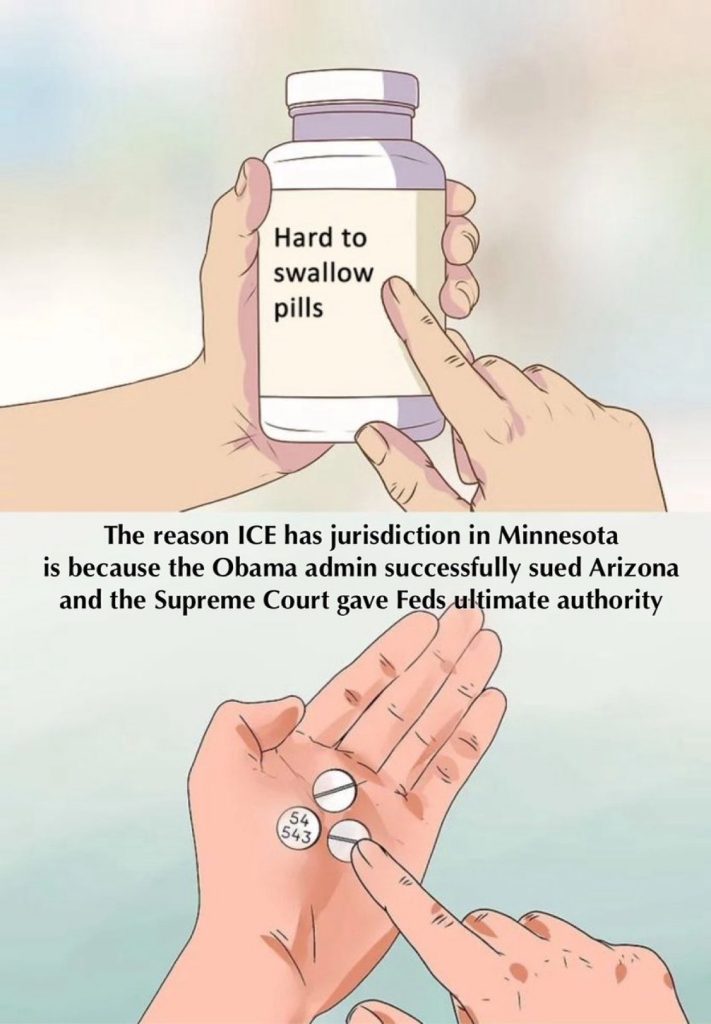Unexpectedly, I was recently prompted to consider 2026 Wisconsin Gubernatorial candidates and education.
Herewith are my 2 big goals. Focus:
1. All hands on deck to improve Wisconsin literacy.
a. 97,414 4k-3rd grade students scored lower than 75% of the students in the national comparison group. Data via the 2024-2025 Early Literacy Screener (Act 20)
Did taxpayer funded Wisconsin DPI Superintendent Underly Juice Test Scores for Reelection?
Legislation and Reading: The Wisconsin Experience 2004-
Big Goal: Drive a Wisconsin Miracle to vault us into the top 5 within 3 years (NAEP). Understanding Our Literacy Crisis.
b. Education Budget:
Increase teacher pay with funds redirected from 99% of the Wisconsin DPI budget. Implement MTEL over the next 2 years.
Alan Borsuk (2018): But consider a couple other things that happened in Massachusetts: Despite opposition, state officials stuck to the requirement. Teacher training programs adjusted curriculum and the percentage of students passing the test rose.
c. Change teacher prep requirements to an emphasis on subject matter competency.
One of the peculiarities of the American educational system, compared with those in other democracies, is that most public school districts prefer hiring graduates with degrees in education rather than in specific academic subjects like history and physics. This leads to a greater focus on the methods of teaching, expressed in jargon phrases like “inquiry-based learning,” than on acquiring particular knowledge. Traub found a real allergy among public school educators to memorization of vocabulary, chronology and narrative — the elemental material out of which reality-based opinions and arguments can be formed.
2. All hands on deck to make Wisconsin among the top 5 affordable states for living, learning, starting and growing a business.
a. Simplify in every direction. Eliminate programs, regulations and costs designed for 1950 as we look ahead to 2030, God willing.
b. Zero based budgets at the local, regional and state level. Model the choices to be made with 50% less tax income. Refine and improve. Repeat.
c. Benchmark with China, India, Austin TX, Ann Arbor, Boston and Raleigh – Durham.
So you enjoyed 40 years of globalisation and the money China accumulated rises up like water. Their level is getting high. And the West is only realising it too late.” He chuckles. “History is a rollercoaster. Now you’ve passed your peak — enjoy going down. In 200 years, you will go up again.”
Bonus: Implement opportunities for all high school students to earn credit at UW System schools equivalent to the first two years of higher education.

